Introduction
Stewed pork rib soup, a culinary delight enjoyed across various cultures, is a dish that combines the richness of pork with the soothing warmth of a long, slow cook. This hearty soup is not only comforting but also packed with nutrients, making it perfect for cold winter nights or anytime you crave a nourishing meal. The key to a perfect stewed pork rib soup lies in the balance of flavors, the quality of ingredients, and the cooking technique. In this guide, we’ll walk you through every step of making a delicious and satisfying pork rib soup, from selecting the right ribs to achieving the perfect broth.
Section 1: Choosing the Right Ingredients
1 Pork Ribs
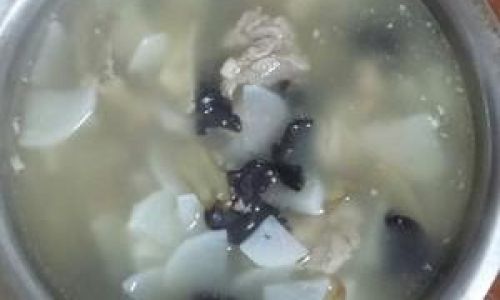
The foundation of any stewed pork rib soup is, of course, the pork ribs. There are several types of pork ribs available, each suited to different cooking methods. For stewing, you should opt for pork spare ribs or baby back ribs. Spare ribs are meatier and have more bone, which adds flavor to the broth, while baby back ribs are leaner but still offer a good balance of meat and bone.
When choosing pork ribs, look for ribs that are well-marbled with fat. This fat will melt during cooking, adding richness and flavor to the soup. Avoid ribs that look dry or overly lean, as they may result in a less flavorful broth.
2 Vegetables
Vegetables play a crucial role in stewed pork rib soup, not only adding nutrition but also enhancing the overall flavor. Common vegetables used in this soup include onions, carrots, celery, and potatoes. Onions provide a savory base, carrots add sweetness, celery offers a subtle aromatic flavor, and potatoes thicken the broth and add creaminess.
Feel free to experiment with other vegetables such as turnips, parsnips, or even leafy greens like spinach or kale for added nutrition and texture.
3 Aromatics and Seasonings
Aromatics such as garlic, ginger, and bay leaves are essential for creating a deep, layered flavor in the soup. Garlic adds a pungent, savory note, ginger provides a hint of sweetness and spice, and bay leaves offer a subtle, earthy aroma.
Seasonings like salt, pepper, and a touch of soy sauce or fish sauce can help to bring out the flavors of the meat and vegetables. For an added depth, consider using a pork or chicken bone broth as the cooking liquid instead of plain water.
4 Herbs and Spices
While the basics of aromatics and seasonings are crucial, herbs and spices can elevate the soup to new heights. Thyme, rosemary, and parsley are classic choices that complement the pork beautifully. For a more exotic twist, consider adding a pinch of cinnamon, star anise, or even a dash of chili flakes for a hint of heat.
Section 2: Preparation and Cooking Techniques

1 Preparing the Ingredients
Before you begin cooking, it’s important to properly prepare all your ingredients. Start by trimming any excess fat from the pork ribs. While some fat is desirable for flavor, too much can make the soup greasy.
Next, chop the vegetables into bite-sized pieces. This will ensure they cook evenly and are easy to eat. For onions, you can either finely chop them for a stronger flavor or slice them thinly for a milder taste.
Peel and mince the garlic and ginger. If using fresh herbs, tie them into a bundle with kitchen twine for easy removal later.
2 Blanching the Pork Ribs
Blanching the pork ribs is a crucial step that helps to remove impurities and blood from the meat, resulting in a clearer and cleaner broth. To blanch the ribs, place them in a large pot of cold water and bring to a boil over high heat. Once the water starts to boil, let it simmer for about 3-5 minutes.
Remove the pot from the heat and use a slotted spoon to transfer the ribs to a colander. Rinse them under cold running water to wash away any remaining impurities. Pat the ribs dry with paper towels to remove excess moisture.
3 Building the Flavor Base
In a large, heavy-bottomed pot or Dutch oven, heat a tablespoon of oil over medium heat. Add the chopped onions, carrots, and celery, and sauté until they begin to soften and turn translucent, about 5-7 minutes. This process helps to release the natural sugars in the vegetables, adding sweetness to the soup.
Add the minced garlic and ginger, and cook for another 1-2 minutes until fragrant. Be careful not to let the garlic burn, as this will make the soup bitter.
4 Adding the Pork Ribs and Broth
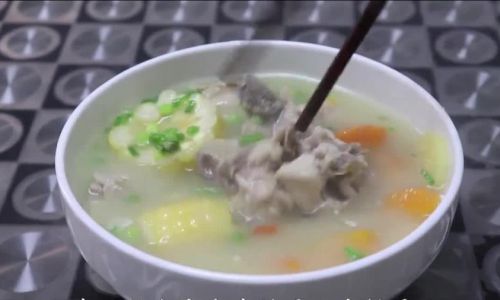
Once the vegetables and aromatics are fragrant, place the blanched pork ribs on top of the vegetables in the pot. This ensures that the ribs are not directly in contact with the bottom of the pot, preventing them from sticking and burning.
Pour in enough broth or water to fully submerge the ribs and vegetables. If using homemade bone broth, you may need to adjust the seasoning accordingly. Bring the mixture to a boil, then reduce the heat to low and let it simmer gently.
5 Simmering and Seasoning
Simmering is the key to developing the rich, flavorful broth of stewed pork rib soup. Cover the pot and let it simmer gently for at least 1.5 to 2 hours, or until the pork ribs are tender and falling off the bone.
During the simmering process, check the soup occasionally to ensure it’s not boiling too vigorously, which could cause the liquid to evaporate too quickly. If necessary, add more broth or water to maintain the desired level.
After about an hour of simmering, taste the broth and adjust the seasoning with salt, pepper, and any additional herbs or spices. If using soy sauce or fish sauce, add them in small increments to avoid over-salting the soup.
6 Finishing Touches
About 30 minutes before the soup is done, add the potatoes or any other starchy vegetables you’re using. These will cook through and thicken the broth slightly.
If you prefer a thicker soup, you can mash some of the cooked vegetables against the side of the pot with a fork or potato masher. This will release their starches and naturally thicken the broth.
Once the pork ribs are tender and the vegetables are cooked through, remove the pot from the heat. Taste the soup again and adjust the seasoning if necessary. If using fresh herbs, remove and discard them before serving.
Section 3: Serving and Enjoying
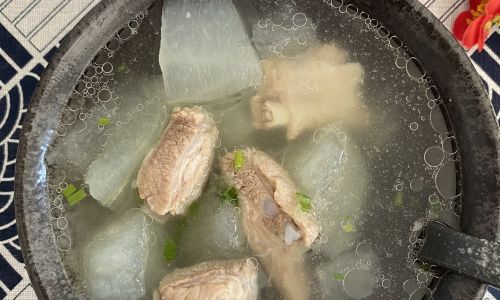
1 Serving Suggestions
Stewed pork rib soup is a versatile dish that can be enjoyed on its own or paired with a variety of sides. Classic accompaniments include crusty bread, rice, or noodles to soak up the delicious broth.
For a more filling meal, consider serving the soup with a side of steamed greens, a simple salad, or even a fried egg on top.
2 Storing and Reheating
Leftover stewed pork rib soup can be stored in an airtight container in the refrigerator for up to 3-4 days. To reheat, place the soup in a pot on the stove over medium-low heat, stirring occasionally until heated through.
Alternatively, you can freeze the soup in individual portions for up to 3 months. To reheat frozen soup, thaw it in the refrigerator overnight, then reheat on the stove as described above.
Conclusion
Making stewed pork rib soup may seem like a time-consuming process, but the end result is well worth the effort. With its rich, flavorful broth, tender meat, and nutritious vegetables, this dish is not only comforting but also packed with nutrients.
By following the steps outlined in this guide, you’ll be able to create a delicious and satisfying stewed pork rib soup that will become a staple in your kitchen. Whether you’re cooking for a family dinner, entertaining friends, or simply treating yourself, this hearty soup is sure to delight your taste buds and warm your soul.
So, the next time you’re in the mood for a comforting, nutritious meal, give stewed pork rib soup a try. With its perfect balance of flavors and textures, it’s a dish that’s sure to become a favorite in your household. Enjoy!
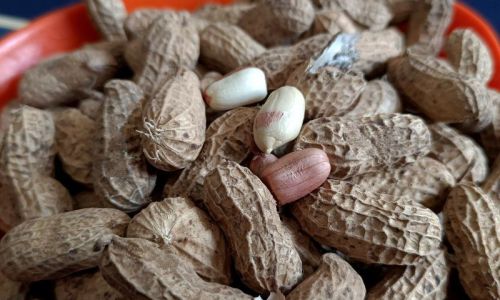


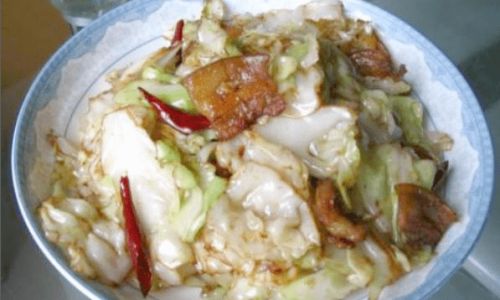

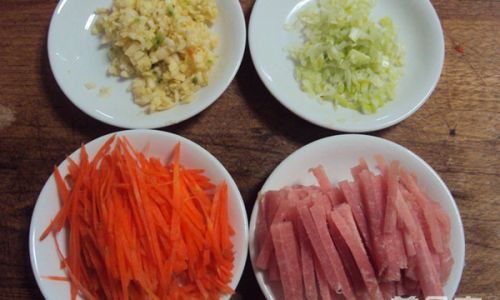
0 comments